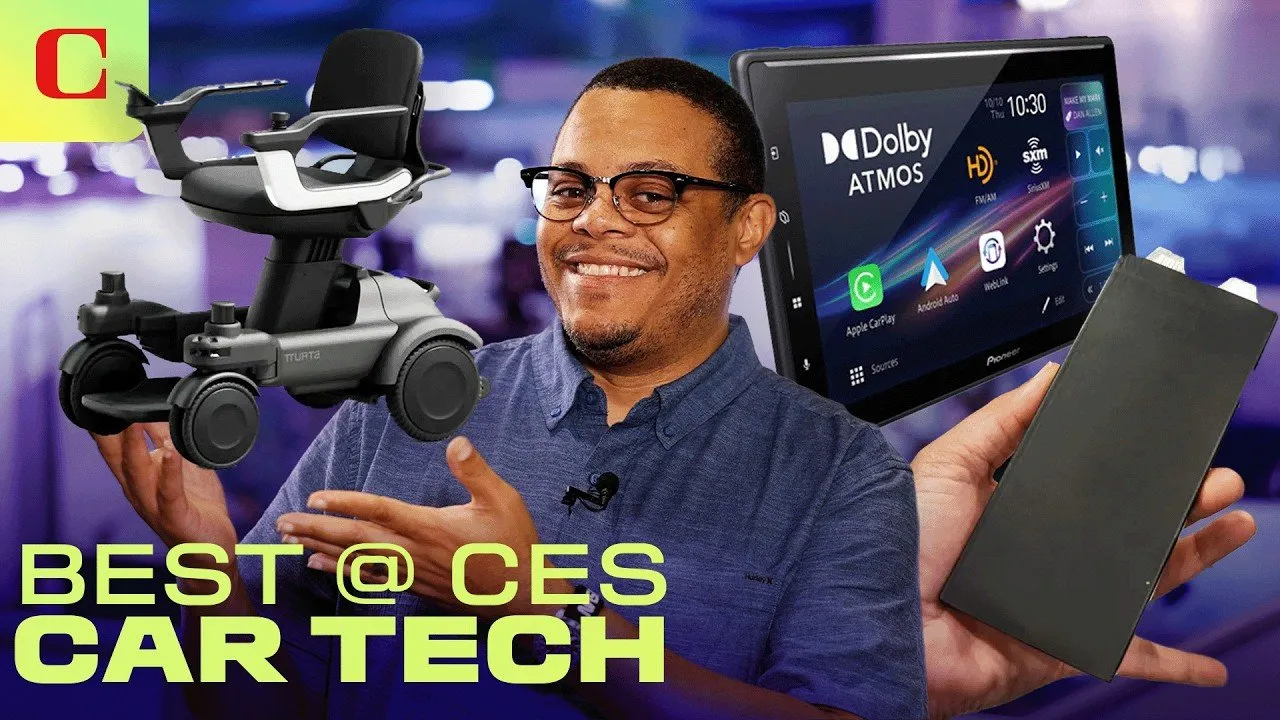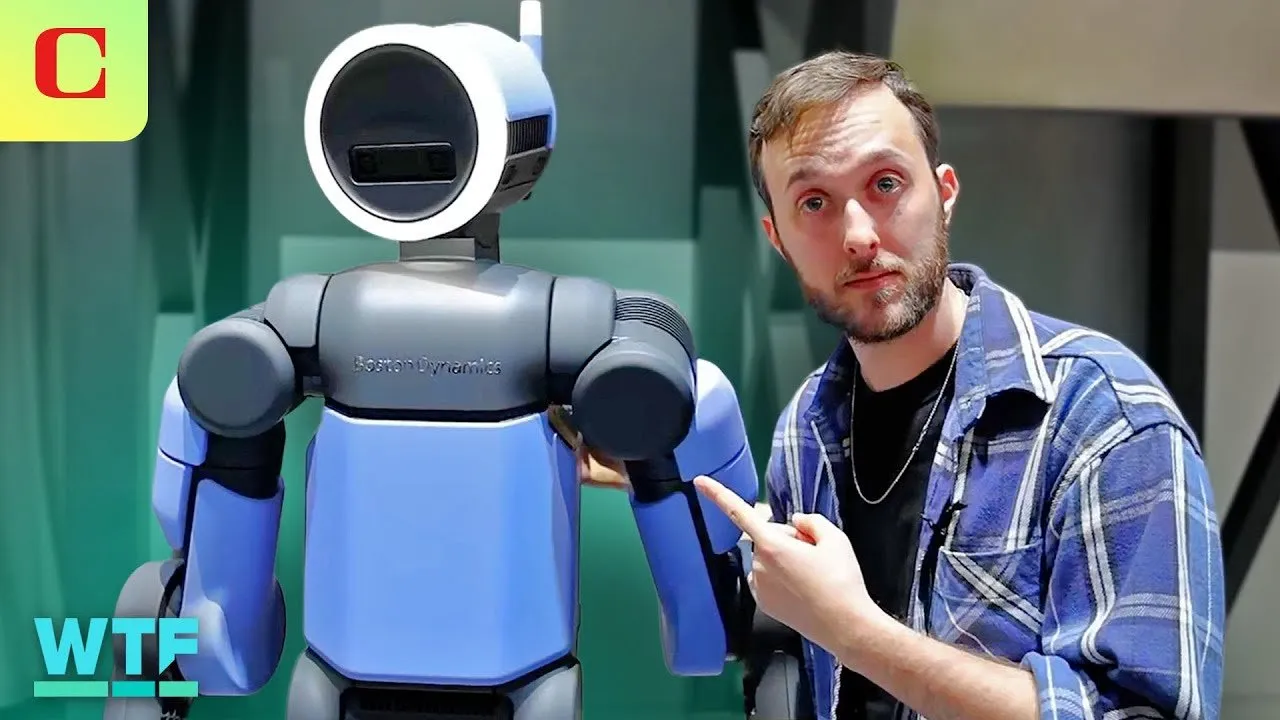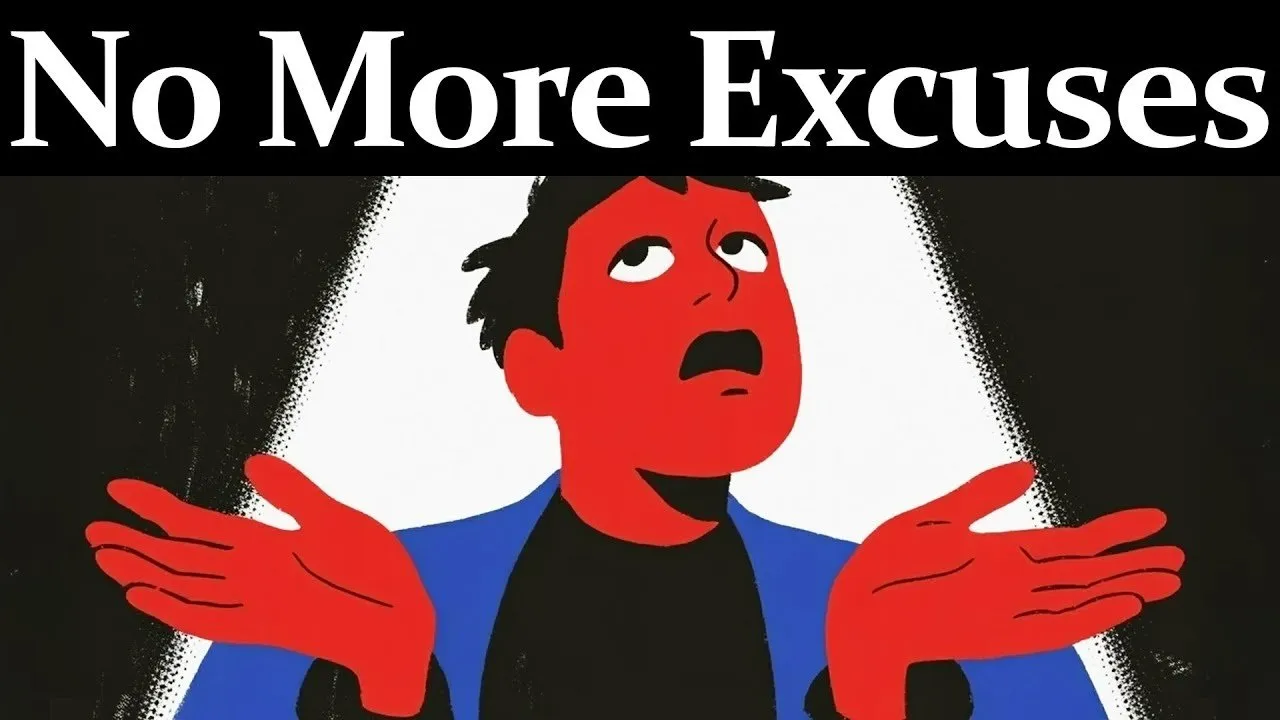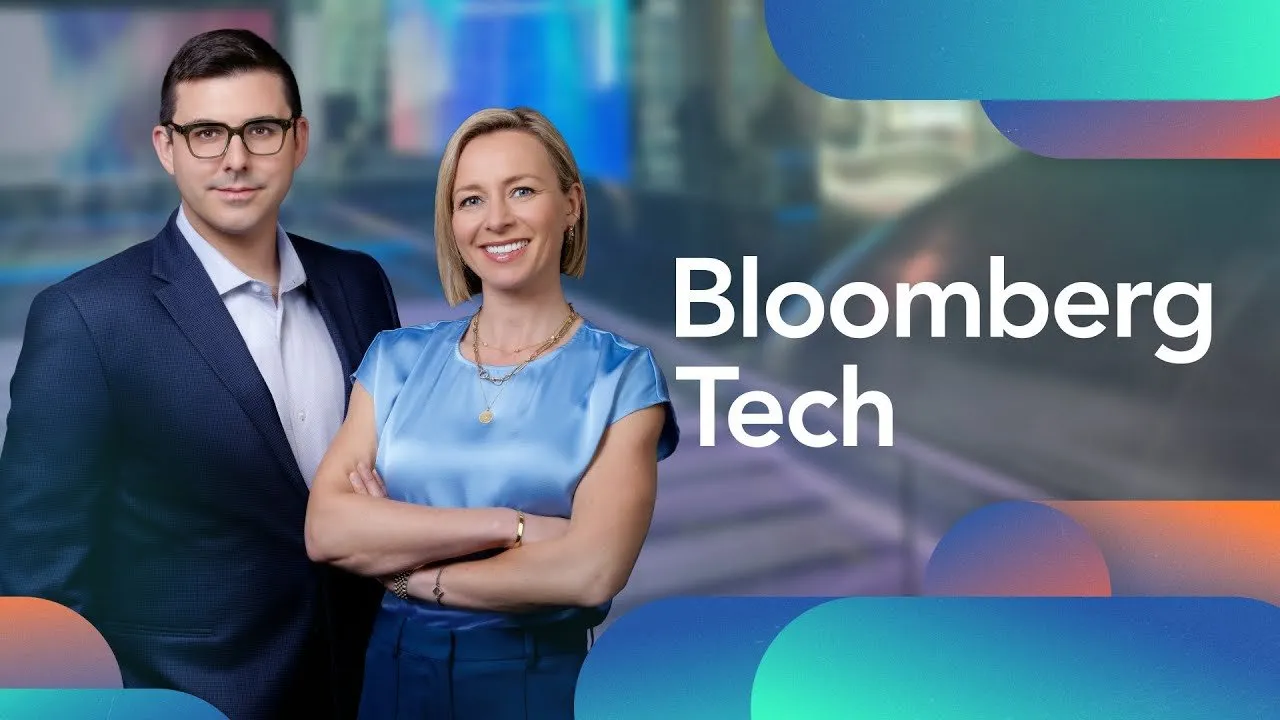Table of Contents
Sean Henry's journey from teenage founder to profitable logistics leader reveals how to navigate capital-intensive scaling, economic downturns, and the relentless operational discipline required to compete with Amazon's delivery dominance.
At 26, Sean Henry has already lived through more business cycles than most veteran CEOs. From founding Stord at 18 to becoming the youngest unicorn CEO in tech, his story illustrates the brutal realities of building infrastructure businesses in volatile markets—and the leadership evolution required to survive them.
Key Takeaways
- Capital discipline during boom times prevents crisis during downturns: Stord raised $400M but operated "as if it's our last capital"
- Founder mode means being willing to rebuild everything: Henry personally took over sales, operations, and product during the turnaround
- Scale economics take years to materialize: Stord went from 2-3 million packages to 50 million while reducing costs 30-40%
- Infrastructure businesses require different leadership: Physical operations demand omnipresent, detail-oriented management styles
- Profitable growth beats growth at all costs: Hitting profitability while scaling 10x proved the business model's sustainability
- Crisis communication builds trust: Weekly Sunday memos for three years created transparency during uncertainty
- Team alignment emerges from hard decisions: Great performers appreciate decisive leadership rather than resent necessary changes
Timeline Overview
- 00:00–04:44 — Introduction: Sean Henry's background as youngest unicorn CEO and Stord's mission to give all brands Amazon-like delivery capabilities
- 04:44–15:16 — Capital Strategy: Raising $200M Series E just before macro downturn, operating with discipline despite massive balance sheet
- 15:16–28:42 — Founder Conversations: Henry's introspective moments questioning leadership, investor support, and decision to stay versus hiring professional CEO
- 28:42–39:46 — Crisis Leadership: Playing "whac-a-mole" with business problems, shutting down trucking division, implementing disciplined operations
- 39:46–49:24 — Operational Excellence: Developing habits for high-performance culture, setting pace through presence, building team accountability
- 49:24–57:40 — AI Integration: Leveraging technology advantage in logistics, positioning for next growth phase while maintaining profitability focus
The Capital Discipline Paradox: Operating Like It's Your Last Dollar
Henry's most counterintuitive insight centers on maintaining scarcity mindset despite abundance—a psychological framework that prevented the classic venture trap destroying most capital-intensive businesses.
"When you have so much capital, when you've announced these big raises, everyone's mind changes around capital availability [...] We just raised this massive round of capital and within a few months [...] we had to take the hard actions. We did a reduction in our team only one or two months after announcing this big round."
This quote captures the organizational psychology of capital abundance. The phrase "everyone's mind changes" reveals how funding announcements alter behavior throughout entire organizations, not just leadership teams. Employees, vendors, and even customers begin operating under different assumptions about resource availability. Henry's willingness to implement layoffs immediately after major funding demonstrates sophisticated understanding that capital discipline requires active effort to counteract natural human tendencies toward resource relaxation. The timing—"one or two months"—shows how quickly abundance psychology can infect organizations if not actively managed.
This metaphor brilliantly illustrates the fundamental venture capital value creation mechanism versus the rationalization trap that destroys companies. The "quarter in, dollar out" framework provides a simple test for capital allocation decisions: every investment should generate measurable returns, not just promise future efficiency. The second part exposes how founders justify negative unit economics through scale promises. Henry's insight suggests that healthy businesses should demonstrate positive ROI on incremental capital before achieving massive scale, rather than betting everything on future efficiencies that may never materialize.
The Investor Relationship: When Founders Question Themselves
One of the most revealing aspects of Henry's journey involves his moments of deep introspection about his own leadership capabilities—conversations that rarely make it into public founder narratives but reveal crucial dynamics in founder-investor relationships.
The phrase "literally your life" captures how founder identity becomes inseparable from company identity, making leadership questioning particularly devastating psychologically. At 18, Henry had no alternative professional identity to fall back on—Stord represents his entire career and self-concept. This makes the "Am I the guy?" question fundamentally different from typical executive transitions. Most CEOs can return to other roles or companies; for Henry, stepping away would mean abandoning his only professional identity. This context explains why founder-CEO transitions often fail—the psychological stakes for young founders transcend normal career considerations.
"At Kleiner, we've only ever seen it go horribly wrong when you replace the CEO [...] Number one thing is go down with the ship basically."
Fushman's response reveals sophisticated investor psychology about founder transitions. The "go down with the ship" metaphor isn't about blind loyalty—it's based on pattern recognition from extensive investment experience. The phrase "only ever seen it go horribly wrong" suggests that CEO replacements during crisis periods create more problems than they solve, despite conventional wisdom favoring professional management. This insight implies that founder context and motivation often outweigh traditional management credentials during turbulent periods. Kleiner's approach prioritizes founder psychological support over management optimization, recognizing that founder conviction and business understanding create irreplaceable competitive advantages that hired executives cannot replicate. This investor philosophy explains why some firms achieve superior returns—they optimize for founder success rather than conventional management practices.
Deep Analysis: The Psychology of Founder Evolution
What drives young founders to embrace operational discipline over growth-at-all-costs mentality? Henry's transformation reveals a profound psychological shift most founders never achieve.
"That was a business that I mean actually we went to bat on [...] My advocation for no, no, no, this is why we have to do it all the way to circle back to I was wrong. We should close this down. Multiple years of my time and energy, let's throw it away."
This admission represents the ultimate ego destruction required for mature leadership. Henry isn't just acknowledging a strategic mistake—he's publicly owning years of passionate advocacy for a decision that proved fundamentally wrong. The phrase "let's throw it away" demonstrates psychological detachment from sunk costs that most founders never achieve. This moment crystallizes the difference between founders who plateau and those who evolve: the willingness to completely abandon previous convictions when evidence contradicts them.
The "founder mode" concept reveals a counterintuitive truth about scaling businesses. Rather than moving further from operations as companies grow, successful infrastructure leaders must periodically return to granular involvement. The phrase "kill the early optimistic founder" suggests that different business phases require fundamentally different psychological approaches. Early-stage optimism becomes a liability during operational scaling, requiring leaders to adopt what Henry calls "very aggressive operator mode." This psychological flexibility—the ability to consciously shift between builder and operator mindsets—separates successful infrastructure founders from those who struggle with growth transitions.
Crisis Communication and Team Alignment: The Radical Transparency Approach
Henry's approach to maintaining team cohesion during turbulence challenges conventional wisdom about protecting employees from business realities, revealing how transparency creates strength rather than anxiety.
"When whenever there is a fundamental change, head reduction, product direction change, anything. It's funny like as a founder, you sweat about it. You're so concerned about it and then you kind of unleash it on the team. The team is like, 'Yeah, like we thought you were going to do this like half a year ago. Like what's taking you so long?'"
This observation reveals a fundamental disconnect between founder psychology and team reality. The phrase "you sweat about it" captures the agonizing internal process founders experience when contemplating difficult decisions, while "what's taking you so long?" shows that high-performing teams often see problems before leadership acts. This suggests that delayed decision-making stems from founder emotional processing rather than team protection needs. The six-month gap between team awareness and founder action indicates that leadership anxiety, not team preparation, often drives communication delays. Great teams appreciate decisive action more than protective communication.
"We didn't lose a single leader in the company regrettably in terms of them leaving in that time. And I think that was only possible from saying here's where we're headed and here's why it is still part of that long-term mission."
The word "regrettably" is particularly telling—it implies that voluntary departures during crisis periods can actually indicate healthy organizational dynamics where misaligned people self-select out. Zero regrettable attrition during massive organizational change suggests that transparent communication about mission context creates retention among the right people. The phrase "still part of that long-term mission" shows how effective crisis communication connects immediate pain to future purpose, allowing high performers to maintain conviction through difficulty. This retention pattern indicates that context, not comfort, drives top talent retention during turbulent periods.
AI Integration Strategy: Physical Moats in Digital Competition
Stord's approach to artificial intelligence integration reveals sophisticated strategic thinking about how infrastructure businesses can leverage technology without losing competitive advantages to pure software companies.
Henry recognizes that AI democratization creates a paradox: while it enables rapid product development, it simultaneously commoditizes software applications by making them easily replicable. The phrase "jumping across whichever is the best every single day" reveals how quickly customer loyalty erodes when switching costs approach zero. This insight suggests that pure software AI companies face structural disadvantages as underlying models become commoditized utilities. Henry's strategic thinking transcends the current AI hype to identify long-term competitive dynamics that will determine which companies survive the inevitable commoditization cycle.
"What businesses could we actually apply AI into that either have some sort of like data or workflow moat of the customer install base or some like physical moat where you can't ever really take away that physical aspect. So, whoever has the best embedded technology to apply AI to is going to win."
This quote articulates a sophisticated competitive moat theory for the AI era. "Physical moat where you can't ever really take away" suggests that infrastructure assets create permanent competitive advantages that software-only solutions cannot replicate or arbitrage away. The concept of "embedded technology" indicates that AI becomes most powerful when integrated into irreplaceable physical operations rather than existing as standalone software. Henry's insight suggests that the companies best positioned for AI dominance aren't pure software players, but infrastructure businesses that can embed AI into physical workflows that competitors cannot easily replicate. This represents a fundamental inversion of conventional wisdom about technology competition, suggesting that physical assets become more valuable, not less, in an AI-dominated economy.
The Operational Excellence Mindset: Symbolic Leadership Actions
Building a culture capable of competing with Amazon's logistics capabilities required Henry to develop new habits that signaled organizational priorities through visceral, physical presence rather than abstract communication.
"We want to scare our team with being like omnipresent. We want like 24/7 basically to be like the first responding to something no matter how short and quick on every call almost questioning like how are they everywhere at every given moment."
The word "scare" reveals the psychological impact Henry seeks to create—not fear of punishment, but awe at leadership intensity that raises everyone's operational standards. "Omnipresent" suggests a supernatural quality that transcends normal executive availability, creating organizational mythology around leadership responsiveness. The phrase "how are they everywhere" indicates that this presence becomes a team talking point, establishing response speed as a cultural value. This approach works specifically in infrastructure businesses where physical operations create natural accountability moments that software companies lack. The "questioning" element shows that presence isn't passive monitoring but active engagement that elevates decision quality throughout the organization.
Conclusion
Sean Henry's journey from teenage founder to profitable logistics CEO demonstrates that infrastructure businesses require fundamentally different leadership approaches than software companies. His willingness to embrace operational discipline, make difficult decisions quickly, and personally model the intensity required throughout the organization created sustainable competitive advantages that purely capital-intensive approaches cannot replicate. Most importantly, his story illustrates that founders who can evolve from optimistic builders to disciplined operators while maintaining vision and team alignment possess rare capabilities that traditional management cannot easily replace. The combination of deep operational knowledge, personal investment, and willingness to work at any level of the business creates formidable competitive moats in physical infrastructure industries.
Practical Implications for Infrastructure Leaders
- Implement capital discipline early: Operate with scarcity mindset even during abundant funding periods to build sustainable unit economics
- Create transparency systems: Regular communication about business metrics and challenges builds trust rather than anxiety among high-performing teams
- Model operational intensity: Physical businesses require visible leadership presence and immediate responsiveness to set organizational pace
- Embrace founder mode during crisis: Deep business context often makes founders more effective than hired executives during fundamental transitions
- Build measurement systems: Track value creation metrics rather than activity indicators to maintain focus on outcomes
- Communicate decision context: Explain why changes are necessary rather than just announcing what will happen
- Prioritize operational excellence: Focus on proving unit economics before scaling to avoid venture subsidy trap
- Leverage physical moats: Use infrastructure assets and operational data to create AI integration advantages over software-only competitors
- Maintain long-term vision: Sequence product development to build sustainable platform capabilities rather than pursuing everything simultaneously
- Develop rapid decision-making: Create systems for fast course correction rather than lengthy planning cycles





